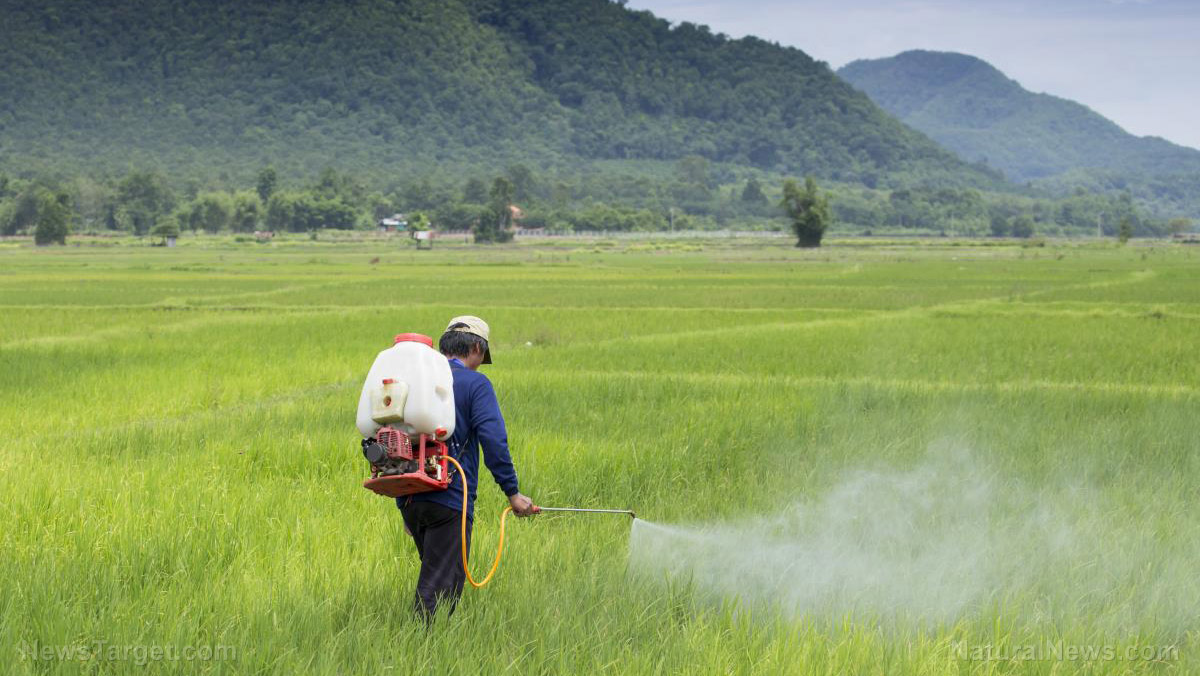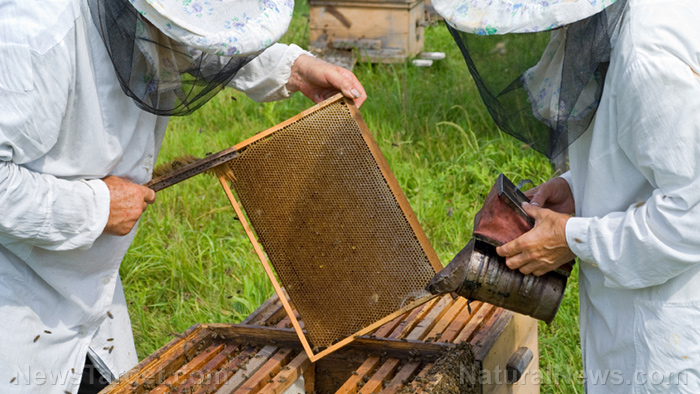Thiram — toxicity, side effects, diseases and environmental impacts
11/07/2017 / By Michelle Simmons

Thiram, according to Toxipedia.org, is a non-systemic dimethyl dithiocarbamate fungicide. It is used as a fungicide in the field and to protect harvested crops in transport and storage. This fungicide is used on different crops such as fruits, vegetables, and ornamentals. It is also used as a repellent on a number of plants to prevent damage from animals such as deer, rabbits, and rats. Thiram is available in dust, flowable, wettable powder, water dispersible granules, and water suspension formulations. It is usually mixed together with other fungicides.
It is listed by the Environmental Protection Agency as a class II general use pesticide that is slightly toxic.
Thiram’s full chemical name is tetramethylthiuram disulfide. Other names for thiram include thiuram and TMTD. Thiram has a chemical formula of C6H12N2S4.
Its trade names include: ATtack, Arasan, Aules, Fermide 850, Fernasan, FMC 2070, Hexathir, Mercuram, Micropearls, Nomersan, Pomarsol, Puralin, Rezifilm, Rhodiasan Express, Spotrete, Tersan, Thiosan, Thiotex, Thiramad, Thirame, Thiuramin, Thirasan, Tirampa, Tiuramyl, TMTC, TMTD 50 Borches, Trametan, Tuads, and Tulisan.
List of known side-effects
There are a few known bodily side effects of thiram. Thiram is slightly toxic when absorbed via inhalation or ingestion. Acute exposure to this chemical may cause headaches, dizziness, fatigue, nausea, diarrhea, and other gastrointestinal problems. Long exposure to thiram may result to drowsiness, confusion, loss of sex drive, incoordination, slurred speech, and weakness. Furthermore, repeated or prolonged exposure to this chemical can cause allergic reactions such as dermatitis, watery eyes, sensitivity to light, and conjunctivitis. There are no known environmental effects of thiram as it is not persistent in soils and is nearly immobile in clay or highly organic soils. It also breaks down easily in water and in highly acidic environments.
Body systems affected by thiram
According to the Centers for Disease Control and Prevention, inhalation, ingestion, skin contact, and eye contact with thiram adversely affect the eyes, skin, respiratory system, and central nervous system, with symptoms that include irritation in the eyes, skin, and mucous membrane. It can also cause dermatitis and antabuse-like effects.
Items that can contain thiram
Thiram can be found in pest control items as a fungicide and in mammal repellent.
How to avoid thiram
To avoid contact with thiram, use protective gloves and clothing. Furthermore, wear eye protection with side shields or goggles, or a face shield along with goggles to avoid contact with the chemical.
Where to learn more
- Haitian Farmers Reject Monsanto Earthquake Relief Donation and Burn GMO Seeds
- Monsanto package admits seeds treated with ‘poison,’ advises against human consumption
- Chemicals.news
- Pesticides.news
- Toxins.news
Summary
Thiram is a non-systemic dimethyl dithiocarbamate fungicide used on different crops such as fruits, vegetables, and ornamentals.
Acute exposure to thiram may cause headaches, dizziness, fatigue, nausea, diarrhea, and other gastrointestinal problems.
Long exposure to thiram may result to drowsiness, confusion, loss of sex drive, incoordination, slurred speech, and weakness.
Repeated or prolonged exposure to this chemical can cause allergic reactions such as dermatitis, watery eyes, sensitivity to light, and conjunctivitis.
Thiram negatively affects the eyes, skin, respiratory system, and central nervous system.
Sources include:
Submit a correction >>
Tagged Under:
This article may contain statements that reflect the opinion of the author
RECENT NEWS & ARTICLES
COPYRIGHT © 2017 PESTICIDES NEWS






















